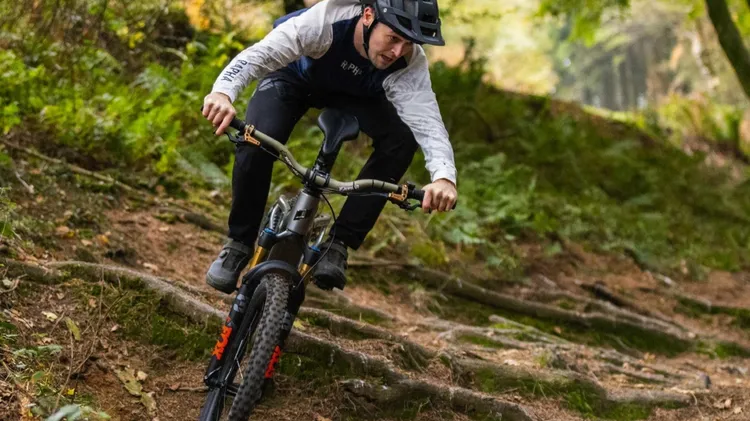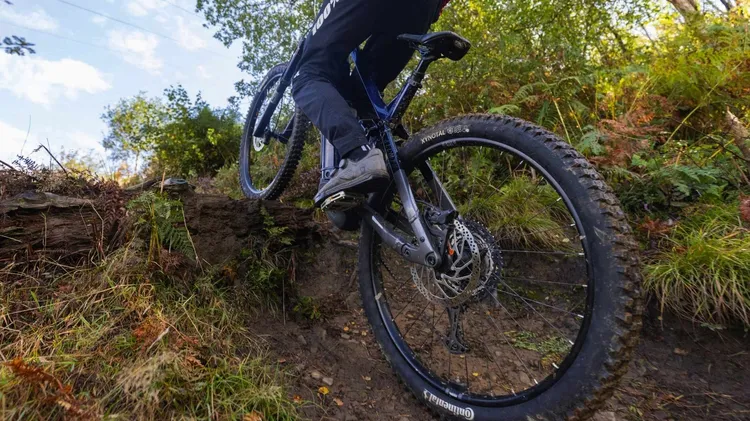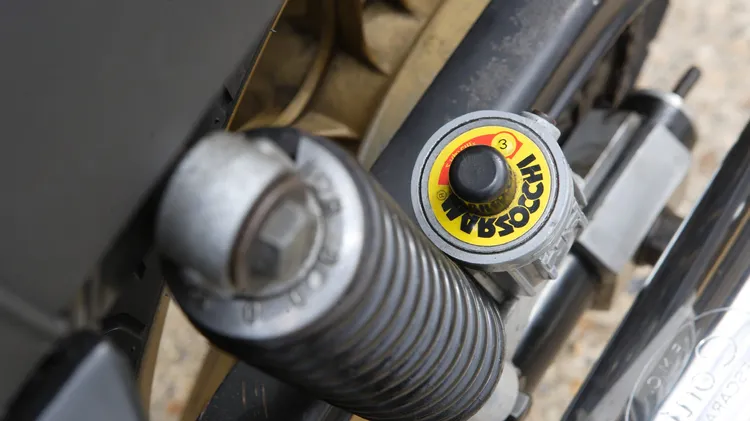Warren Rossiter puts six comfort- and control-enhancing forks to the test
Gravel suspension
12 min read
This article is from...
Read this article and 8000+ more magazines and newspapers on Readly






